Opera Mini version 4.2 for Android — A classic Java browser from 2008, it was one of the firm's most popular mobile browsers for feature phones. Imagine trying to use the web on a Nokia flip phone with limited data and slow EDGE connections—this browser made that painful experience quite bearable! The browser became legendary among mobile users as desktop-quality browsing squeezed into a form factor that worked on feature phones.
The revolutionary compression engine
Version 4.2 combined the browser and user settings in a single page, compressed the size of pages for quicker viewing, included tabbed browsing, jаvascript support with 10 percent faster speed than previous versions and improved download functionality. This made web browsing on expensive data plans of the 2008-2009 era affordable, with data usage reduced by up to 90% over traditional mobile browsers. The interface offered an efficient means of mobile navigation with customized zoom and pan.
Numbered shortcuts made it easy to jump between sections of a page, plus fit-to-width rendering that ensured text could be read without constant zooming. The browser featured tabs that let you open multiple pages at once, something rare on mobile devices back then. Opera Mini 4.2 reintroduced the popular skinning feature removed in version 3, allowing devices to be customized with locally stored images or color themes, designed for both high and low-end phones with improved device compatibility. This customization feature set it apart from the basic mobile browsers of the time.
The Java-powered legacy trap
The browser is based on Java, which makes it highly incompatible with modern devices. Most newer Android phones do not support J2ME applications, meaning that without specific workarounds or older devices it is difficult to install. When it does install successfully, the browser can't work with modern web standards, HTTPS certificates or current website coding practices. Security is a huge concern with any old browser. Opera Mini 4.2 does not support modern encryption protocols, making users vulnerable to online threats that didn't exist when the software was made. The compression system runs everything through Opera's servers without modern privacy protections. The browsing experience is outdated compared to today's standards. Websites that functioned fine in 2008 are now broken because of updated coding standards, and current sites won't load at all. jаvascript is not fully supported and interactive elements that define the modern web do not work as intended.
The collector's curiosity
Opera Mini 4.2 is of interest to retro computing enthusiasts and mobile web historians looking for a glimpse of the mobile internet before smartphones. The browser marked a specific point when companies worked around the bandwidth problem through server-side solutions rather than waiting for networks to improve. It's not relevant for modern usage as a practical browser. The data compression that was its groundbreaking feature is unnecessary on unlimited data plans and high-speed mobile networks.
The interface features that impressed users in 2008 now feel clunky compared to mobile software designed for fingertip navigation. Opera Mini 4.2 should be in a digital museum rather than on anyone's daily device. Give it credit for helping to advance mobile browsing in the feature phone era, but trying to use it today is more frustrating than nostalgic. It remains a historical artifact rather than a functional tool for modern mobile phones.


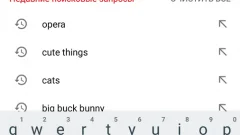
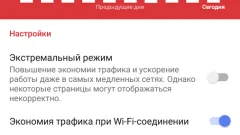
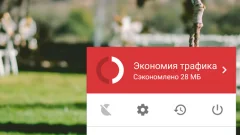
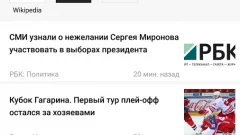
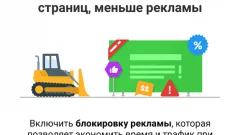








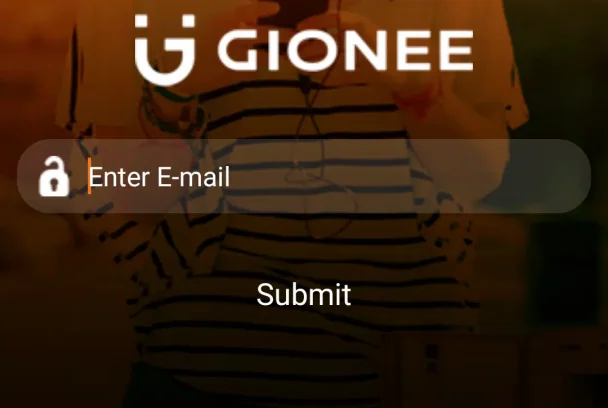



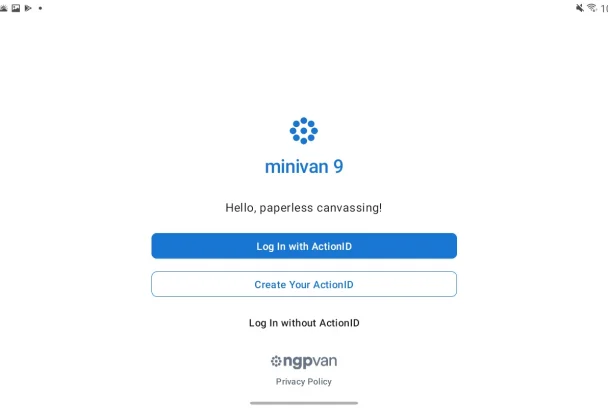


No comments yet :(